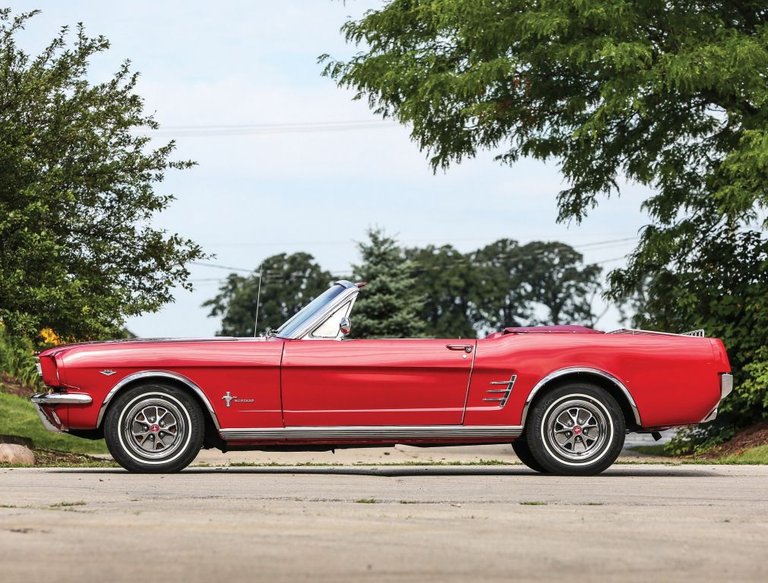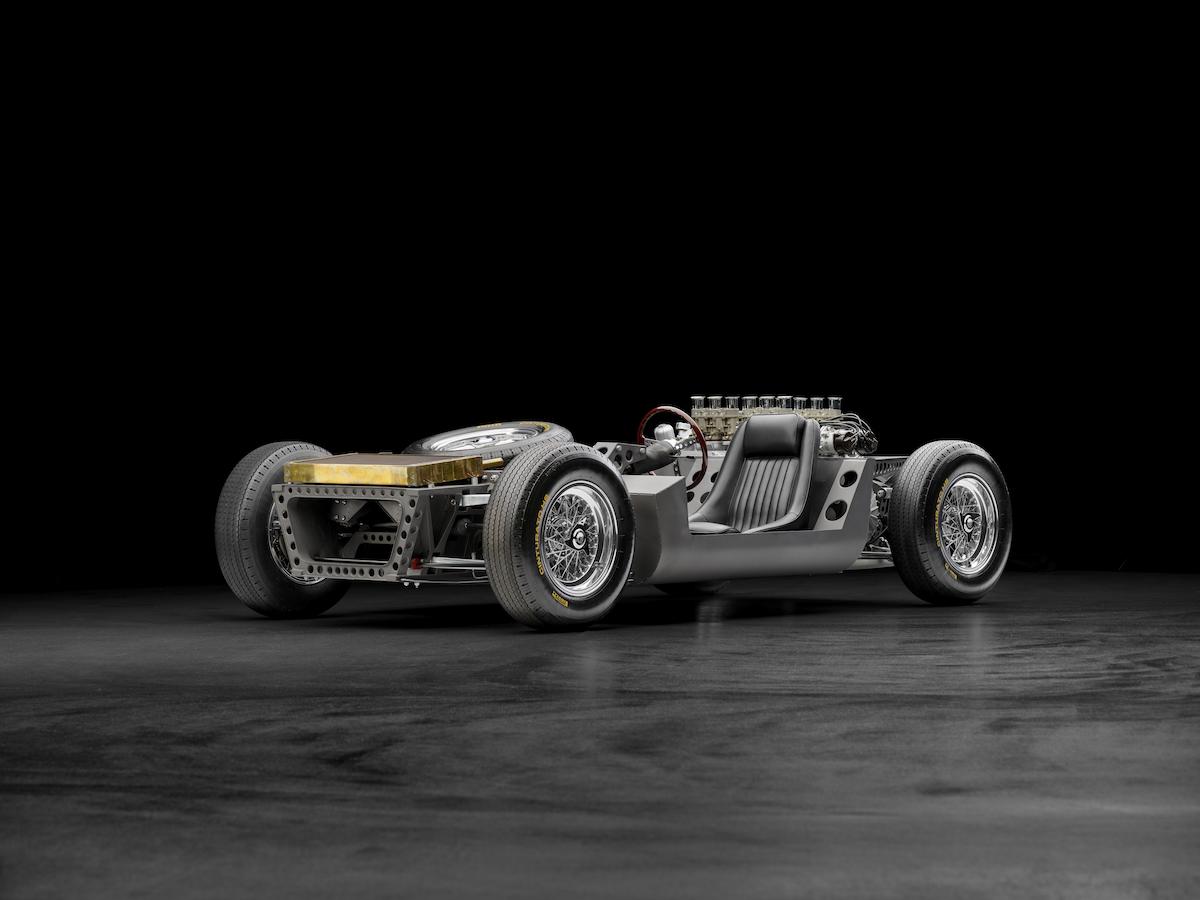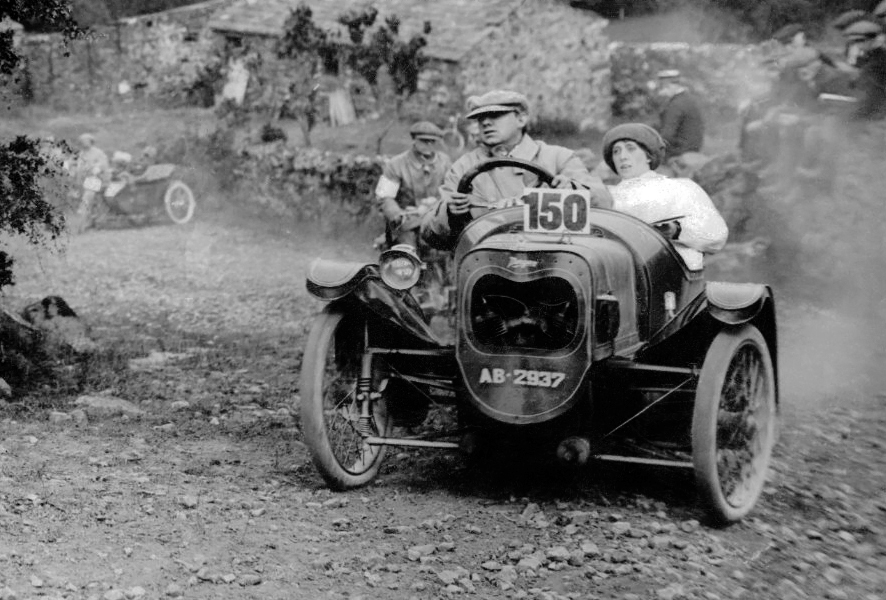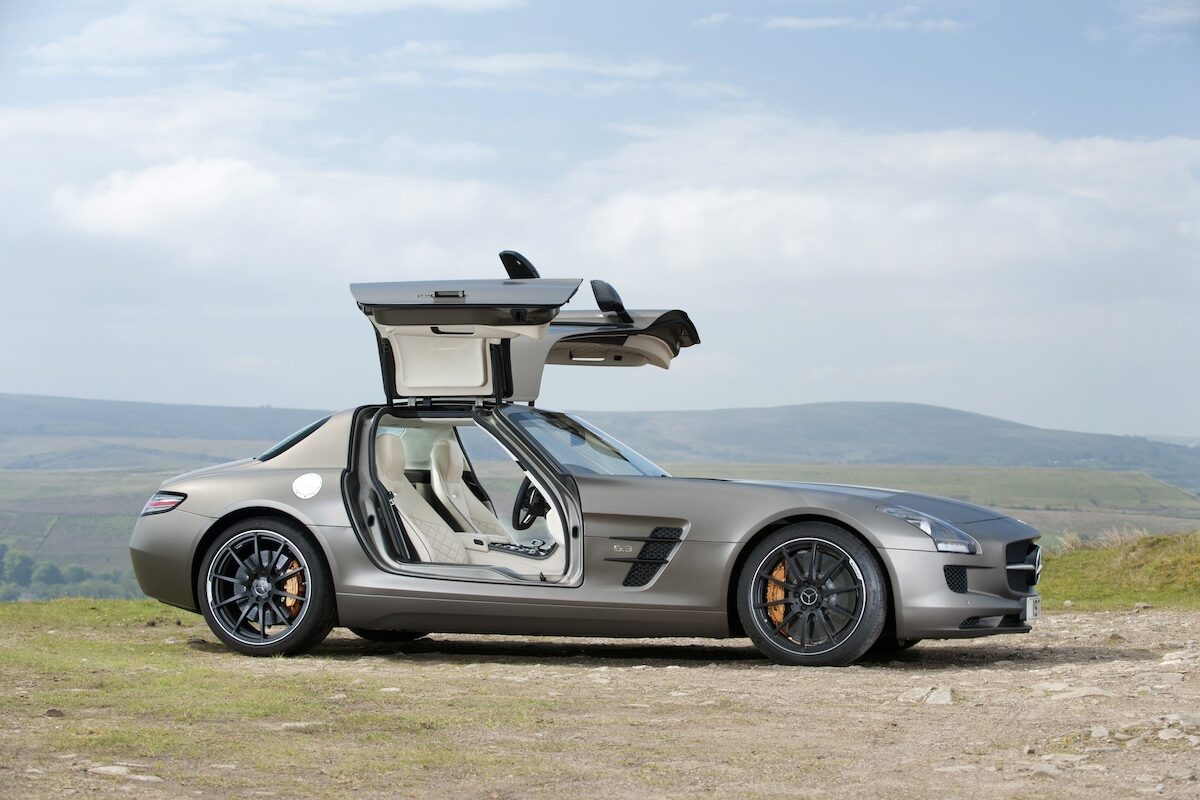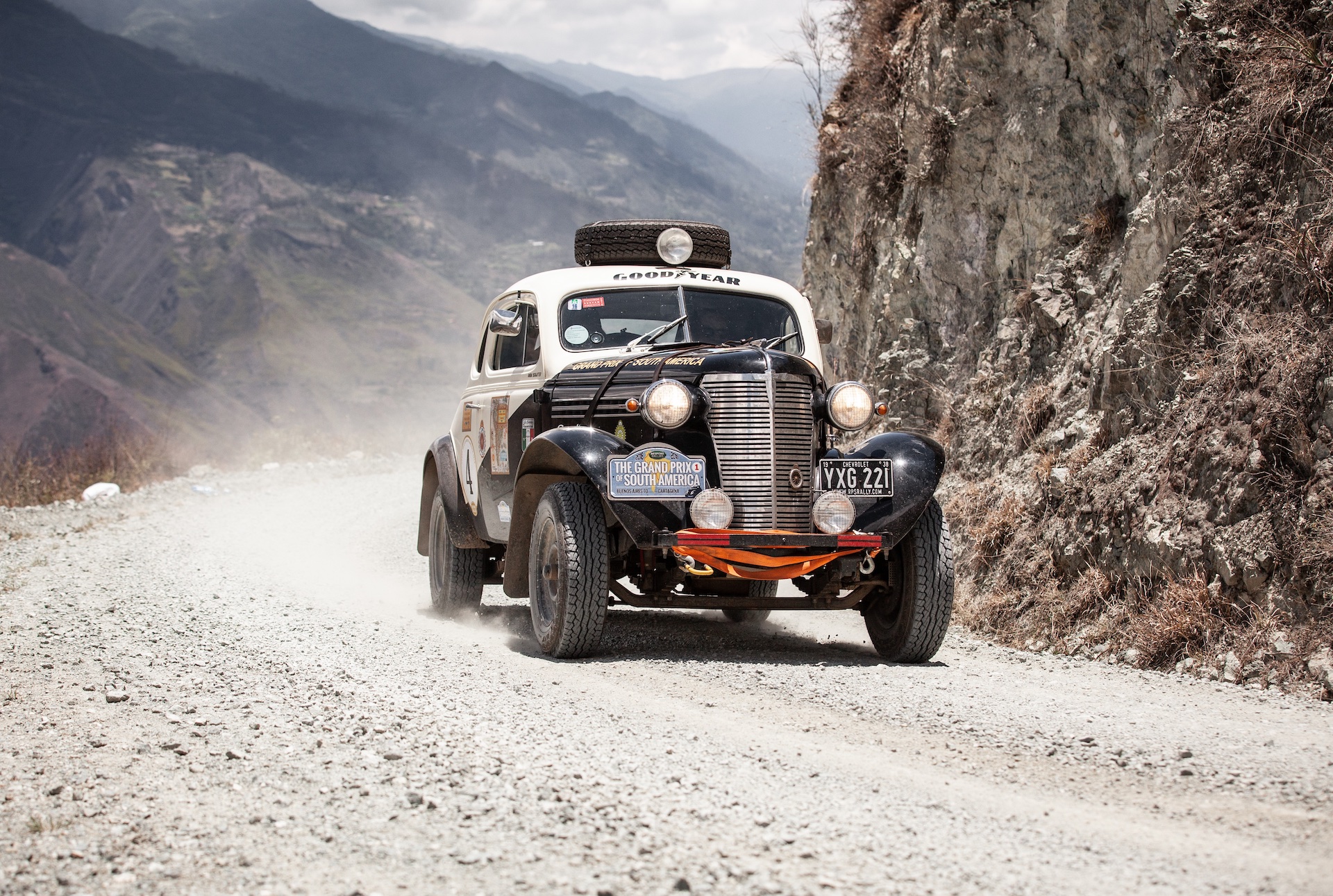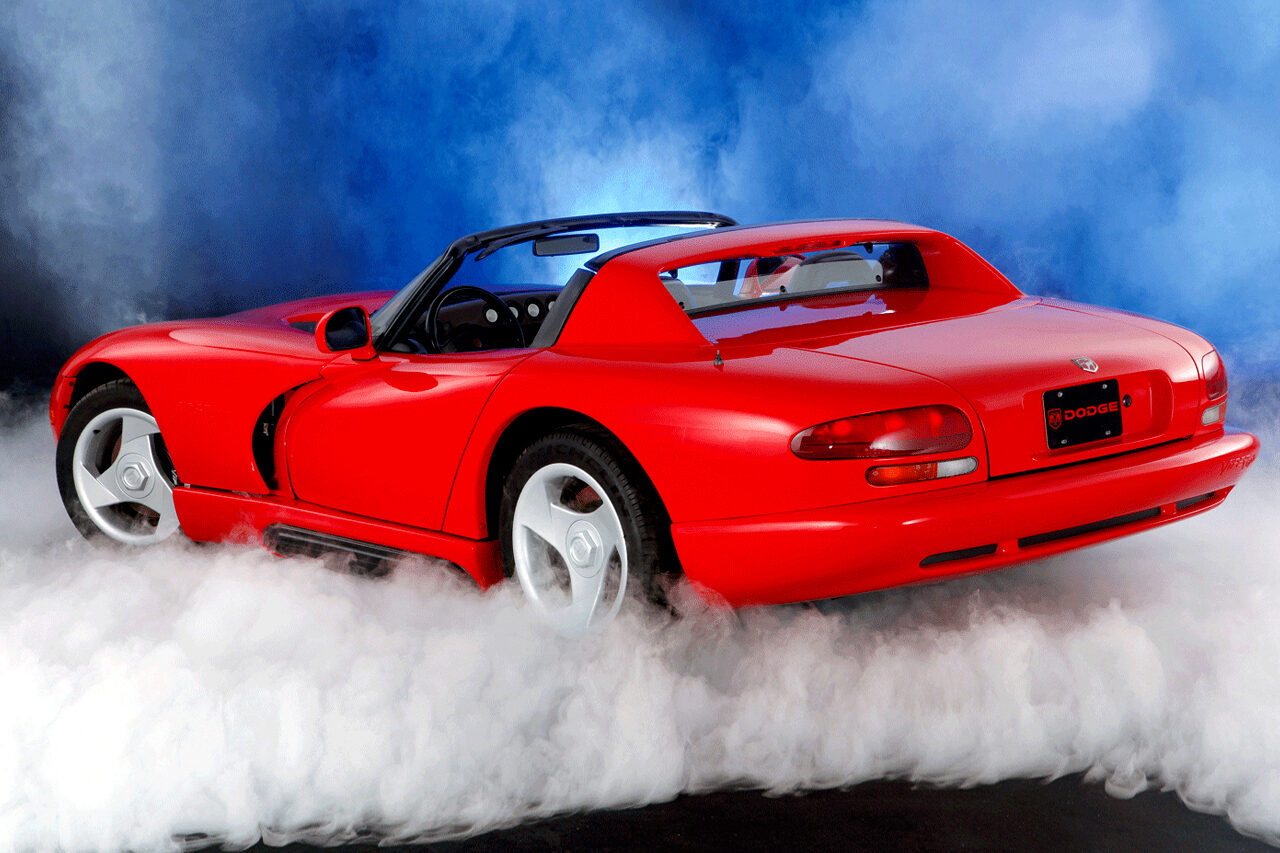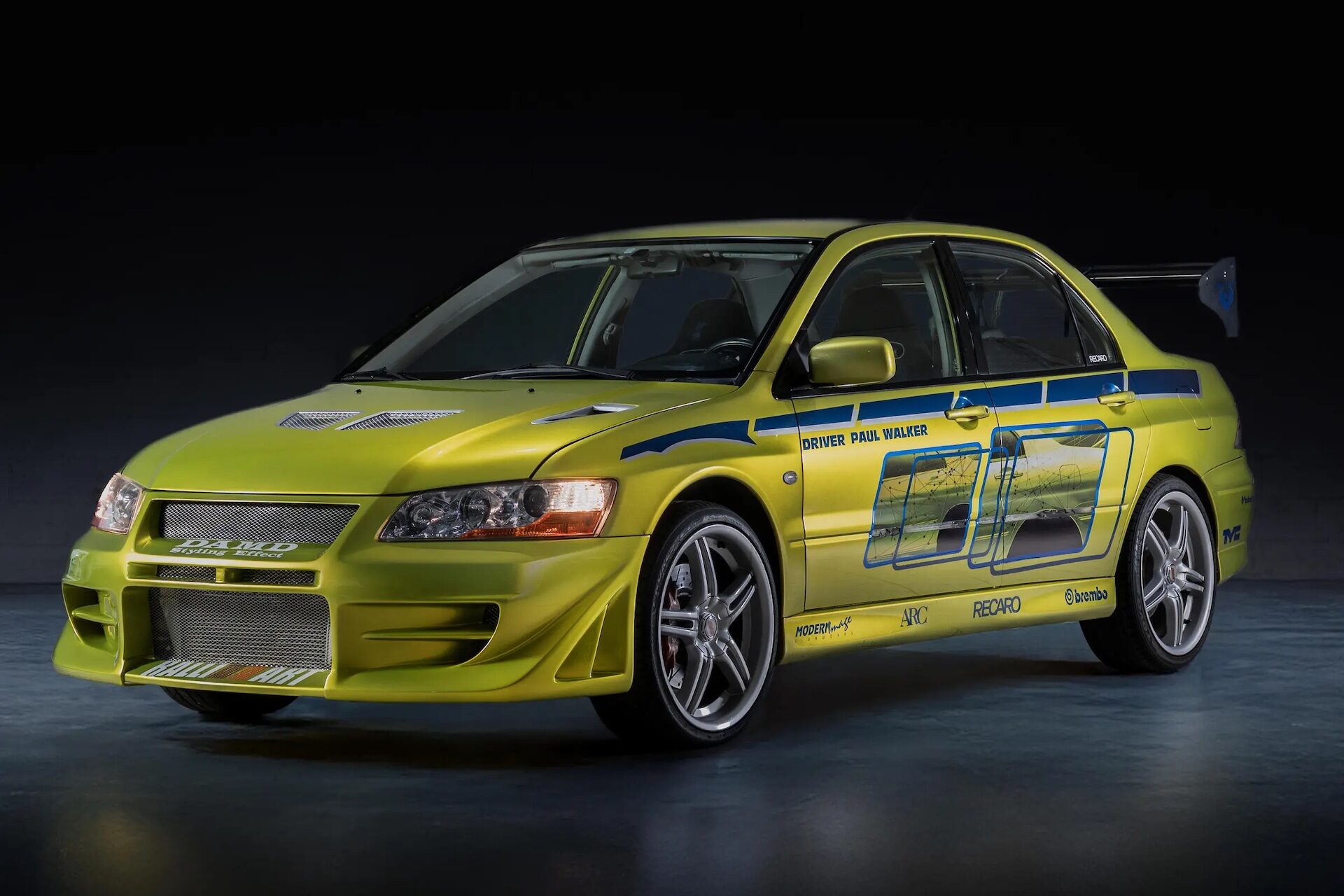Launched at the 1964 World’s Fair, Ford’s ground-breaking Mustang was never really intended to be a performance car. It began life as a low cost, stylish ‘secretary’s car’ with six cylinders and a bland persona. But there was a V8 option. The short lived F-Code 260 V8 for the 1964 model year with the C-Code 289 arriving for the 1965 models.
Mustang arrived with a choice of styles led by the Convertible, HardTop with the Fastback arriving in late 1964.
Australia saw its first privately-imported Mustangs in late 1964, just months after the model caused a stampede to US Ford dealerships. Converting the cars to right-hand drive was relatively easy, with many parts compatible with local models including the Falcon.
Mustangs began racing here in 1965, with Norm Beechey winning that year’s Touring Car title from the late Ian ‘Pete’ Geoghegan. A year later, Beechey was in a Chevy Nova and finished second in the Championship to Geoghegan who had acquired a Mustang to replace his four-cylinder Cortina GT.
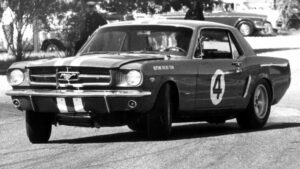
Norm Beechey Ford Mustang – Image: Ford Forums
Ford Australia saw the value of the Mustang in helping promote the bigger, V8-powered XR Falcon and in 1966 imported 200 cars for display across its dealer network.
These and most early arrivals were notchback coupes, with a few convertibles and later 2+2 Fastbacks helping boost numbers.
Cars seen in Australia almost always had GT Equipment group option with the 289 V8 which made 167kW and was usually teamed with a three-speed automatic transmission, although a handful of four-speed manual GT Mustangs did arrive to satisfy the appetite of enthusiasts.

The Mustang interior was the pace to be in 1965 – Image Ford Archives
Changes to currency and import rules during the late 1980s saw literally thousands of Mustangs arrive in Australia as private imports. Those built before 1967 were sometimes old enough to avoid the need for right-hand drive conversion, which is why you’ll often see these earlier Mustangs being driven as left-hand drives.
A glut of such magnitude would normally have a massive effect on values, but demand for Mustangs has proved consistent over several decades.
The good news is there are 1000’s of parts available readily online and most are reasonably priced.
We recommend sourcing a Marti report, from Marti Auto Works. This is a must if you are after a genuine car.
Cars that are in usable condition but won’t be taking home trophies from the All Ford Day are typically found in the $40-45,000 price bracket, with excellent 4.7-litre coupes at $60,000 and very good 2+2s stretching the budget to $80,000.
Things To Watch Out for When Buying a Used Ford Mustang (1964-66)
-
Rusty floors and rear quarter panels, the former especially affecting spring mounting points
-
Sticking or twisted convertible top mechanism
-
Ensure older RHD conversions have passed a safety check
-
Engine smoke and oil leaks
-
Rear brakes locking with minimal pedal pressure
-
Door hinge wear requiring door to be lifted to close
-
Sagging bucket seats with twisted or broken frames
Valuation Timeline: Ford Mustang (1964-66)
-
1985$13,500
-
1995$21,000+55.56%
-
2005$31,500+50%
-
2010$27,500-12.7%
-
2014$27,500
-
2019$38,500+40%
-
2024$57,000+48.05%V8 Coupe

